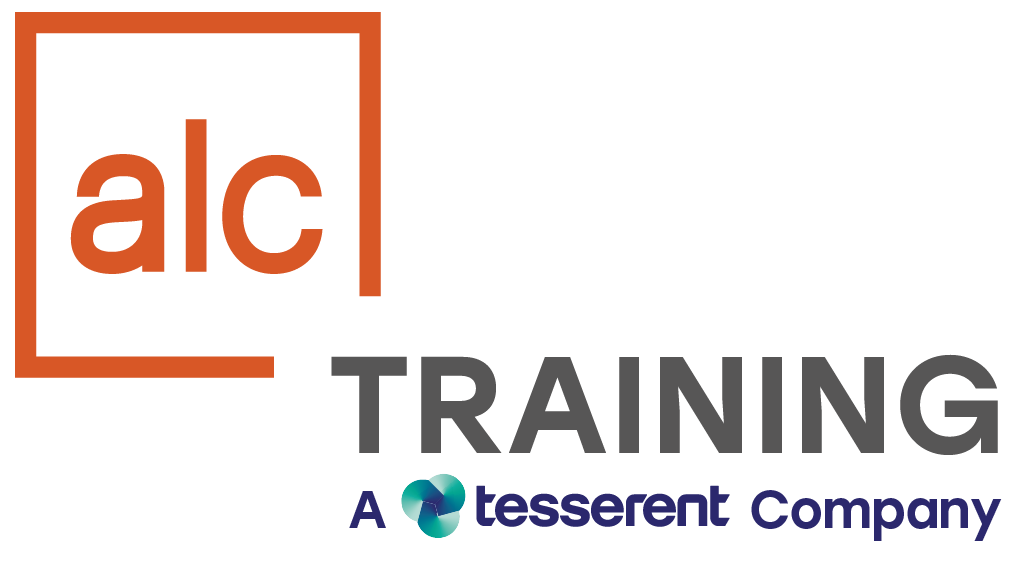Following the proliferation of broadband in businesses across the globe, it was only natural that mobility was the next step.
Now, companies can grant workers the ability to stay connected, even while outside of the office, thanks to mobile broadband. This means it's easier than ever for staff to communicate with each other, customers and even share documents and files from anywhere with a cell tower connection.
However, the way in which workers connect to mobile broadband services is changing, thanks to the growth of smartphones and other mobile devices.
Companies should ensure that they're across this change, and are able to implement the necessary technologies to ensure that staff can stay connected on the go.
Evolving mobile broadband
Mobile broadband modems, the devices used to facilitate internet connections on laptops, continued to decline over the first half of 2014 according to a January 2015 report from ABI Research.
The firm estimates that unit shipments could fall a total of 27 per cent from full-year 2013 to 2014, dropping down to 53 million units. What's more, revenue is predicted to sit at US$3.5 billion in total end-user sales of the actual modem hardware.
So what's causing such a substantial shift in the market?
"Earlier last year, we predicted the decline based on an evolving market for both business and consumer adoption of computing solutions," said Jeff Orr, ABI senior practice director.
"Increased form-factor choices from tablets to two-in-one ultra portable PCs have pushed mobile broadband modems further down the list of must-have features. Mobile device data sharing plans are helping bring awareness to Mobile Hotspot Routers, though these offers still remain rare on a global scale."
While it may appear that devices such as tablets and ultra portables require modem hardware, the truth is they're increasingly able to establish internet connections through different sources. For example, many devices include built-in radios to connect to mobile broadband networks.
This, however, isn't the sole cause of sinking mobile broadband modem shipments.
New smartphones can establish wireless hotspots – essentially creating local networks for other devices to connect to, and subsequently access the internet. These can be created for either a single user or multiple people in an area – offering an alternative to mobile broadband modems.
With smartphones seeing such prolific expansion cross the the globe, this could be the final nail in the coffin for dedicated mobile broadband hardware.
The necessity of mobile internet
Businesses need to start focusing on mobile broadband, especially given the benefits of a highly connected workforce.
When staff can access the internet on the go, it opens the door for organisations. Workers can stay in touch with each other through email and instant messaging, and even collaborate through company systems. There is also the benefit of cheaper international calling thanks to voice over the internet.
Of course, businesses shouldn't rush blindly into the field, equipping staff with mobile broadband-capable devices without the proper precautions.
IT security needs to the highest priority, as untrained staff could inadvertently open the business to data breaches – losing valuable and sensitive information. The answer is an IT security framework, one that helps companies to put strong, cohesive security solutions in place.
For companies wanting to take on mobile broadband initiatives, but wary of doing so without appropriate security considerations, get in touch a dedicated provider like ALC Training.
ALC are able to deliver leading frameworks to businesses across the globe – bolstering security practices.

